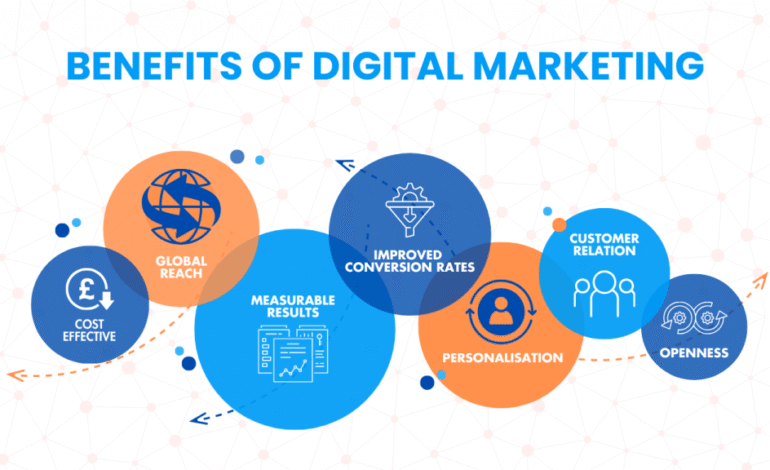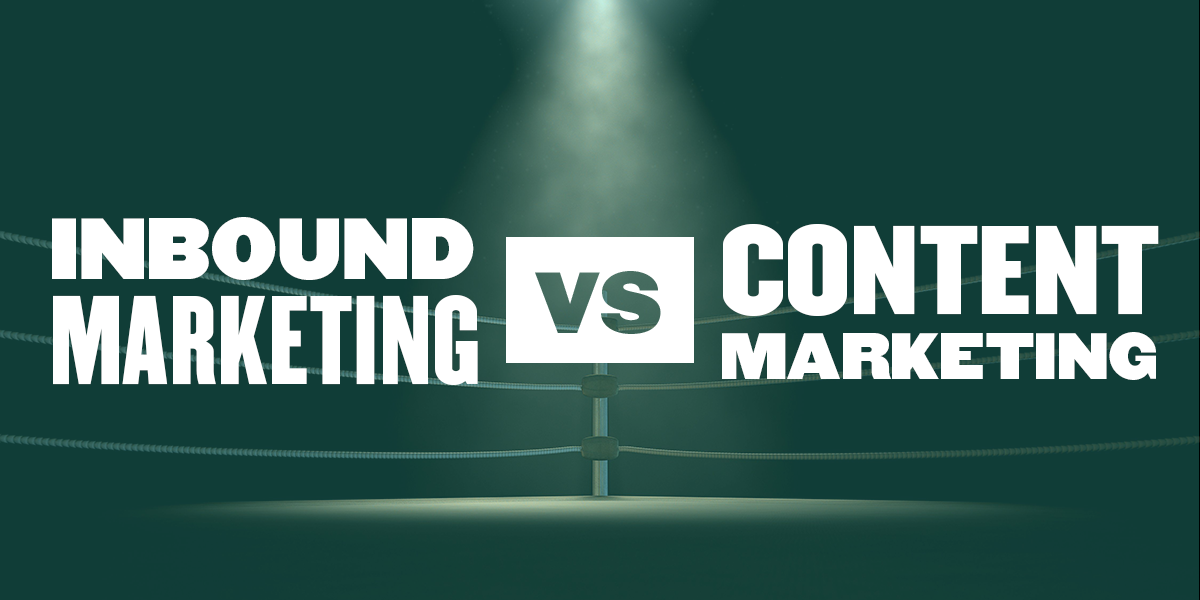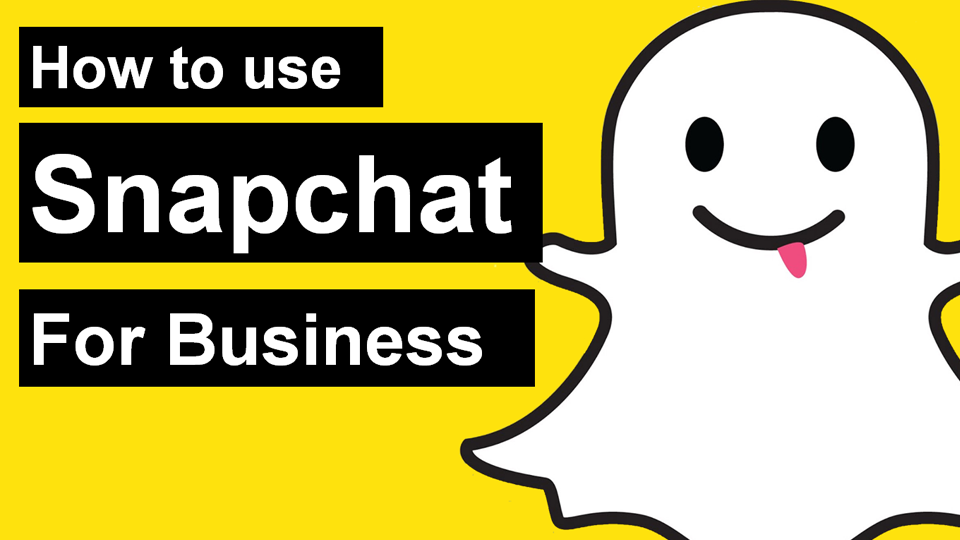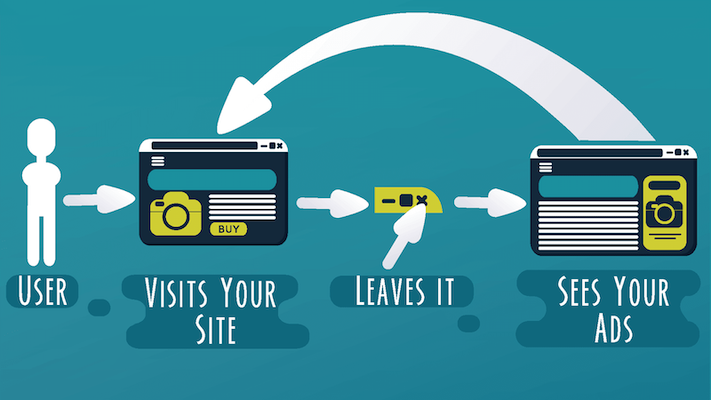Digital Marketing Plan: How to Make It Effective Step by Step

The digital marketing plan is an essential map to achieve the brand’s objectives. It is, therefore, a tool that all marketing teams have to work with every day. But simply drawing up a plan does not guarantee the results we are looking for.
To be truly effective, a digital marketing plan must include all the necessary information and be practical when it comes to guiding our actions. If we dedicate time, care, and resources to it, the results will be worth it. Therefore, we are going to see how to make an effective digital marketing plan step by step. And if you need more help, don’t miss our downloadable template!
Why is it necessary to have a digital marketing plan?
The digital marketing plan is a document that includes, at a minimum, the following information:
- The situation of the brand, both internally and externally.
- The objectives that are intended to be achieved and that will always have to be coordinated with the general business goals of the company. Some companies choose to include the online marketing plan as a section of the overall plan, and others work with separate departments, but they must always be coordinated.
- The strategies and actions that we are going to carry out to achieve these objectives (time planning, description of the campaigns, tasks, etc.).
- How are we going to measure the results of the actions?
Having a well-developed digital marketing plan brings multiple advantages to the company:
- Deepen your knowledge of the market and target audience. A good marketing plan always starts with a research phase that will allow us to know what the situation is and how we can respond to it.
- Align digital marketing actions with the general objectives of the brand, so that all departments of the company are rowing in the same direction.
- Use the resources available in an effective and organized manner, without unnecessary budget or staff time costs.
- Improve internal communication, as all team members can use the marketing plan as a guide to coordinate with each other.
- Improve customer communication. In the case of marketing agencies, it is essential to develop the online marketing plan together with the client to ensure that it meets their expectations and needs. Throughout the project, the client and the agency will be able to refer to the plan to follow the evolution of the actions.
- Provide an effective response to crises, since we will have foreseen different scenarios in which the objectives are not achieved.
How to Make an Effective Digital Marketing Plan Step by Step?
1) Analysis and starting point
To know where we want to go, the first step is to see in detail what scenario we are in. That’s why an effective online marketing plan always starts with a research phase.
In this section, we need to answer the following questions:
- What are the products and services we offer? What is the company’s unique selling proposition?
- What have we done so far in our online marketing, and what results have we obtained with it? Have we talked about it on the networks?
- What is our website like? Are there aspects that we need to improve?
- Who do we want to address?
- What is the competition doing? How does our brand compare, and what can we learn from them?
2) Objectives
Objectives are the yardstick by which we are going to measure the success or failure of our digital marketing. To avoid getting upset, I always recommend that we focus on the acronym S.M.A.R.T.
- Specific: The objectives must be detailed and concrete. It attempts to answer the basic questions of what, who, where, when, how, and why.
- Measurable: if we cannot measure a goal concretely, it will be impossible to know if we have achieved it. As such, you need to think about which KPIs you’ll use and how you’ll define success.
- Achievable: goals that are too little or too ambitious do not serve us.
- Realistic: that is, that takes into account our previous resources and achievements.
- Time-bound: finally, we will have to specify a deadline for our goal, in which we will establish a control to see if it has been met or not, and why. It can be helpful to break down an overall goal into smaller goals, so you can course-correct as you go.
On this basis, the specific objectives will depend on each brand and its situation. Logically, we can include several objectives in our plan, but always looking for them to complement each other and not be incompatible with each other. Here are some examples of common goals of a digital marketing plan:
Increase brand awareness among the target audience.
- Reach new markets, either by location or by type of audience.
- Launch a new product or service.
- Improve return on investment (ROI).
- Expand market share with respect to the competition.
- Increase the company’s profits.
- Optimize the conversion funnel.
- Attract new customers.
- Build loyalty among existing customers.
- Increase sales.
3) Buyer persona
The buyer persona is a portrait of our ideal customer, which helps us to focus our offer of products and services and guide the entire segmentation of the brand. Sometimes it may be necessary to define more than one profile if we have product lines for different types of users.
A buyer persona must include:
- Demographic information: age, gender, occupation, income level, place of residence…
- The user’s online and work behavior.
- What is your current relationship with our brand? What are your aspirations and needs in relation to our brand?
4) Content plan
What type of content are we going to create throughout the period to which the plan refers, and how are we going to distribute it among our target audience? Here, we can define different formats and create a content calendar that helps us in planning.
When planning content, my recommendation is that you think about both the buyer persona you have defined before and the different phases of consideration. The further the user has advanced in the conversion funnel, the more specific and focused on our brand the content we will offer them can be.
5) Keywords
Keywords are behind the brand’s SEO and SEM strategy and all the content we are going to create. Due to their key role in structuring the website and driving traffic to it, we need to dedicate a special section within the content plan to them.
When researching the keywords we are going to focus on, we have to take into account these parameters:
- The relevance of the keyword to our brand.
- The intent of the user searching for this keyword (what stage of the funnel are you in?).
- The volume of searches.
- The level of competition.
6) Platform Plan
The world of social media offers many options to promote our brand, but it is always better to focus on the ones that best suit the objectives and define well what we are going to use each of them for.
Therefore, in this section of the digital marketing plan, I propose that you include the different social networks and other media that you are going to use and the objectives you hope to achieve with each of them.
7) KPIs and measurement strategy
Using the objectives we have defined in section 2 as a reference, we are now going to “translate” them into key metrics or KPIs.
For each key metric, we can set a monthly goal (or as often as makes the most sense for our plan) and set what checks we’re going to do to make sure we’re on track.
8) Contingency Plan
Finally, to close our marketing plan, we must answer the following question: What will happen if the objectives are not met?
For each of the KPIs that we have defined in the previous section, we need to think of a response plan for different scenarios, for example, what we will do if we do not reach the objectives by 75%, 50% or 25%. We can define different actions, such as diversifying platforms, opening new investment avenues, or even rethinking the aspects of the plan that are not working as we expected.
And… ready! You already have everything you need to start working with your team and achieve all the objectives you set for yourself in your digital marketing.
I hope you now have a clearer idea of how to develop a digital marketing plan that responds to the needs of your brand. To make it even easier for you, we’ve put together a downloadable template with all the slides you need to create a complete online marketing plan. Just fill out the template with your business information, and you’re ready to go! You can download your template here.










